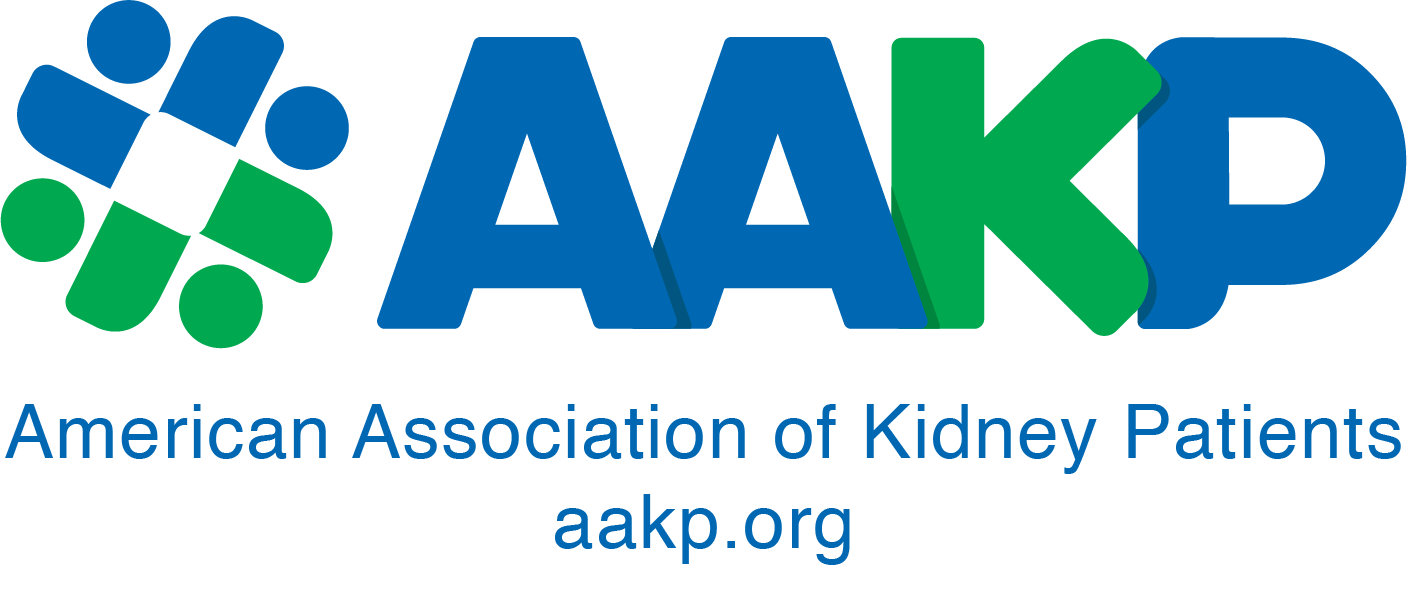By Kent Bressler, AAKP Board of Director
AAKP Policy Focus: Top Legislative Issues Impacting Your Life By Kent Bressler, AAKP Board of Director
On July 10, President Trump signed an executive order (https://www. whitehouse.gov/presidential-actions/ executive-order-advancing-americankidney-health/) that is seen as the first meaningful progress in elevating the national profile of kidney disease and shining a spotlight on the millions of Americans affected by this chronic condition.
The Executive Order has four goals: 1) Prevention and early detection of kidney disease, 2) Increasing access to affordable options for those in kidney failure, 3) New incentivized Medicare payment system that encourages and reimburses in home dialysis vs. incenter dialysis, and 4) Improvement of the transplantation process by reducing barriers to donation.
My life has centered around CKD and ESRD for over four decades, and I wouldn’t be alive today if my brother Kip hadn’t donated one of his kidneys to save my life 32 years ago. The bulk of my adult life has been spent working with people who have kidney disease. Some of them faced with or on dialysis and those who are actively seeking a kidney transplant. My personal philosophy has always been that preemptive transplant is the best option for people with progressive kidney disease. Preparing for transplant is a much better option than preparing for dialysis. Preemptive philosophy has not been the prevailing and accepted attitude in the kidney community however. We know that neither modality is a cure to kidney disease, however transplant affords the individual a better opportunity for a richer quality of life, improved health outcomes and increased self-sufficiency to pursue the individual’s aspirations.
Thankfully, my brother and I had adequate insurance covering the bulk of transplant expenses back in 1987. We each used our paid sick leave from our employers, as FMLA was not available or offered at that time.
In April of 2018, the U.S. Department of Labor issued a formal opinion letter (https://www.dol.gov/whd/opinion/ FMLA/2018/2018_08_28_2A_FMLA. pdf) stating that the Family Medical Leave Act (FMLA) coverage does extend to living organ donors and that eligible employees are entitled to unpaid and jobprotected leave because related care procedures such as overnight and in-patient and follow-up care qualify. The clarification by former Dept. of Labor Secretary Acosta is a massive victory for kidney patients due to a lack of certainty that has surrounded the applicability of FMLA protections to living organ donors. This uncertainty has existed among employers, employees who desire to use time off to donate an organ, and among kidney patients who are often offered the gift of life from their family, friends and workplace colleagues. Under FMLA, eligible employees may take up to 12 work weeks of leave in a 12-month period for, among other things, a serious health condition that renders the employee unable to perform the functions of his or her job. AAKP, alongside kidney community allies including the American Society of Nephrology (ASN), the American Society of Transplant Surgeons (ASTS), the American Society of Transplantation (AST), the Renal Physicians Association (RPA) and multiple other kidney related organizations have long favored the clarification based on the original and very specific FMLA Congressional co-sponsor discussions related to organ donation. Subsequent to the Dept. of Labor’s opinion letter, the Living Donor Protect Act (LDPA) of 2019, was introduced by Congressman Jerrold Nadler (D.NY) and Congresswoman Jaime Herrera Beutler (R-WA) and Senators Kirsten Gillibrand (D-NY) and Senator Tom Cotton (R-AR) urging Congress to act.
$114 billion roughly 1/5 of the Medicare budget is spent on kidney disease. The cost of dialysis is estimated at $89,000/year/patient. With patients 10 encouraged to use home hemodialysis (HHD) or peritoneal dialysis (PD), but still can opt for in-center hemodialysis. The average list price for transplant according to vivo.com is $143,500. In addition, immunosuppressive medications that are taken for a lifetime, post-transplant cost around $20,000 per year. These numbers vary widely and negotiation of prices by insurance and other entities make it hard to put a firm dollar amount on the real cost of transplantation. Consequently, it is not difficult to surmise that an organ transplant offers much more bang for the taxpayer buck. 80% of transplant costs are covered by Medicare. In addition, immunosuppressive medications, that are taken for the lifetime of any transplanted organ, are only covered by Medicare for three years. When the three-year limit expires, transplant recipients are responsible for paying the high cost for the immunosuppressive medication or risk losing the organ by rejection.
This has been a catastrophic event for many recipients, even given time to prepare, many can’t afford to pay for the medication for the life of the transplanted organ. Some have resorted to taking their medication sporadically or drop it all together. Regardless, without tight control and daily coverage most recipients lose their transplanted kidney to rejection and must return to dialysis – simply for not being able to afford the medication.
Attempts to address this issue center around the Comprehensive Immunosuppressive Drug Coverage for Kidney Transplant Patients Act dating back to 2011. The literature at the time indicates that it had wide bipartisan congressional support, but it NEVER passed. There have been multiple reasons given for this collapse but suffice it to say it has laid dormant at the expense of transplant patients since then. There is still hope since the signing of the President’s Executive Order that new legislative initiatives are being floated to revitalize the Immunosuppressive Drug Coverage Bill to cover immunosuppressive medication for the life of the transplanted organ.
Forty years have passed since my diagnosis of (FSGS) and little significant advancement in research and care alternatives have occurred. That’s not to say improvements haven’t been made, but essentially, treatments are the same. Medications have advanced and within the past two years more funds have been allocated towards kidney research. Research funding is reflected below as reported by ASN from NIH data.
HIV/AIDS $3,064/pt./yr.
Cancer $568/pt./yr.
Heart $61/pt./yr.
KIDNEY $29/pt./yr.
A silent killer, affecting 37 million people or 1/5 of the population, and the ninth leading cause of death - resulting in 193,000 transplants but leaves roughly 468,000 on dialysis and over 100,000 on the transplant waiting list cries out for formal action at all levels. Most disconcerting is the fact that 13 people per day die waiting for a transplant. This Executive Order Advancing American Kidney Health is long overdue but all those within the kidney community are thankful to the current Administration that it has finally arrived. The kidney community and the country as a whole must work to bring change for all kidney patients. This Executive Order and the advances and focus made by the HHS, is progress at its best.
In 1982, Kent was diagnosed with focal segmental glomerulosclerosis (FSGS), a disease that causes scarring in the glomerulus of the kidney and is notorious for additional health problems including large amounts of protein in the urine, loss of protein in the blood, high cholesterol, and high blood pressure. In 1987, Kent received a kidney from his brother, Kip. For the past 30 years, Kent has been on immunosuppressive drugs that are essential in guarding against rejection of the transplanted kidney but also can have harmful, longterm side effects. Kent has participated in chronic kidney disease research reviews for the U.S. Department of Defense, as a mentor for potential transplant recipients, on the steering committee for Nephcure International, and is currently doing peer review on research being conducted by PCORI (Patient Centered Outcomes Research Institute). Kent is a registered nurse. He enjoys being active in his church. Kent has two daughters and four grandchildren.
This article was originally published in aakpRENALIFE, September 2019.























